Caring for an Injured Dog: 6 Ways to Help Your Dog Heal Quickly
Feb 09,2023 | Petbobi
As a pet parent, you hope your dog is never hurt, but no matter how closely you monitor your pup, accidents can still happen. If your dog is injured, it’s important that you know how to react and care for your furbabies so they can heal as quickly as possible.
While human children can tell you what hurts and how it happened, understanding your dog’s injury and how to take care of it can be more difficult. Read on to learn 6 ways to care for your injured dog to ensure they heal quickly and comfortably.
1. Approach Your Dog with Caution
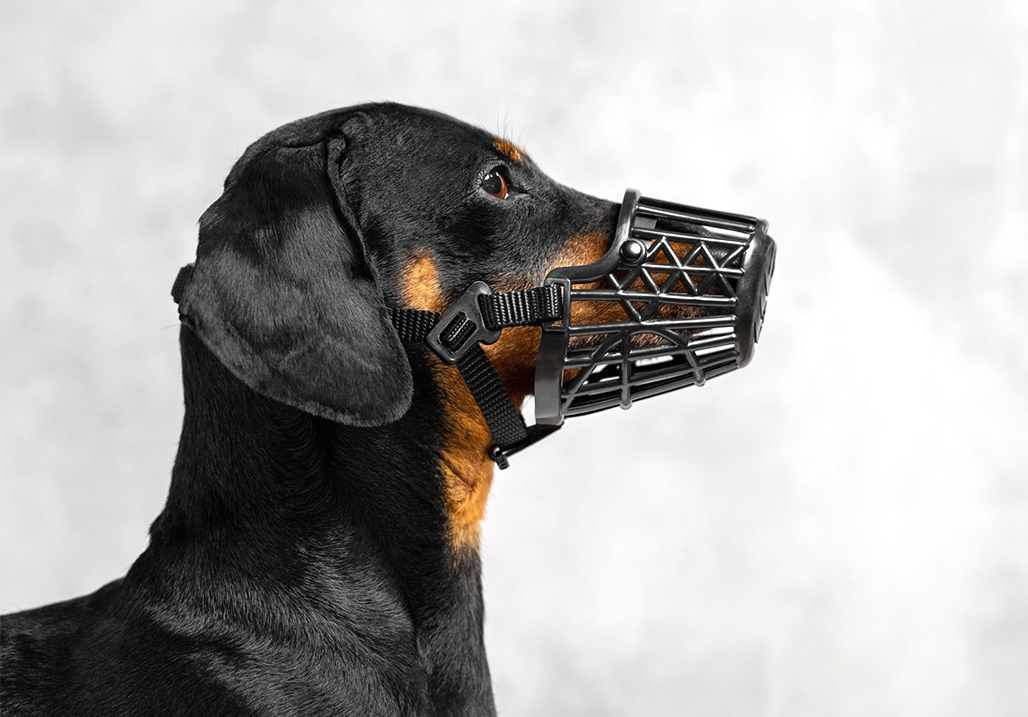
If your dog has been injured, your first reaction is likely to panic and run to them as quickly as you can, but you need to exercise caution.
Dogs can’t communicate in the same way that people can, so they resort to other methods to make their pain clear. When your dogs are scared and hurt, they may lash out, even if they’re typically calm and gentle.
To prevent yourself from getting hurt, avoid your dog’s face, especially their mouth if you can. An emergency muzzle is a great tool to use in these situations because it helps you gain control over your pup’s movements and help them more effectively.
If you don’t have a muzzle, you can use a towel, blanket, or other fabric to wrap around your dog’s snout while you assess your dog’s injury. Be careful not to cover their nose while you do this, as that can obstruct their breathing.
2. Treat Your Dog’s Wound

Once you’ve assessed the situation, you can determine the best way to treat your dog’s wounds.
If the wound is a minor scrape or cut, you can easily clean and disinfect it at home. To do this, it helps to have a pet first aid kit handy with all of the supplies you’ll need, like clean towels, antiseptic solution, and antimicrobial ointment. If you need to shave around your dog’s wound, it’s also a good idea to have pet grooming clippers at the ready.
Use warm water to gently wash the wound, removing any dirt or debris, then pat dry with a clean towel. Once the area is clean, apply an antiseptic solution to help disinfect the wound. You can buy a non-stinging, safe antiseptic solution in most pet stores, but if you don’t have one handy, you can create your own saline solution with one teaspoon of salt and two cups of water.
Once the wound is disinfected, apply the antibacterial ointment to prevent infection and, if necessary, wrap it with gauze.
If the wound is more than just a minor scrape, call your veterinarian right away to learn what you should do next.
3. Continue Taking Care of the Wound
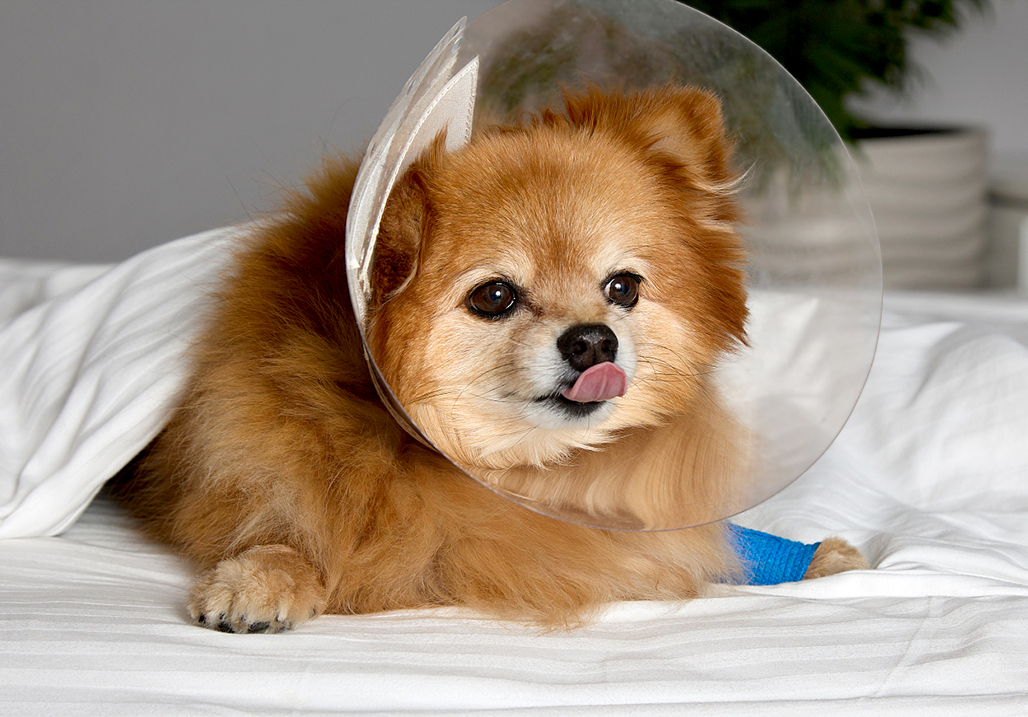
Once you’ve treated the wound and consulted with your vet, it’s important to keep up with maintenance for the wound, so your dog can heal as quickly as possible.
In most cases, this means regularly cleaning the wound and reapplying dressing like gauze to the affected area. If your vet prescribed your pup with antibiotics, you’ll need to follow the instructions and administer your pet’s medicine as prescribed.
It’s also crucial that you prevent your dog from licking the wound until it’s fully healed. Dog mouths are full of bacteria that can infect the wound, causing further injury. Covering the wound with a bandage helps, but you may also need to use an Elizabethan collar.
4. Reduce How Often Your Dog Goes Outside
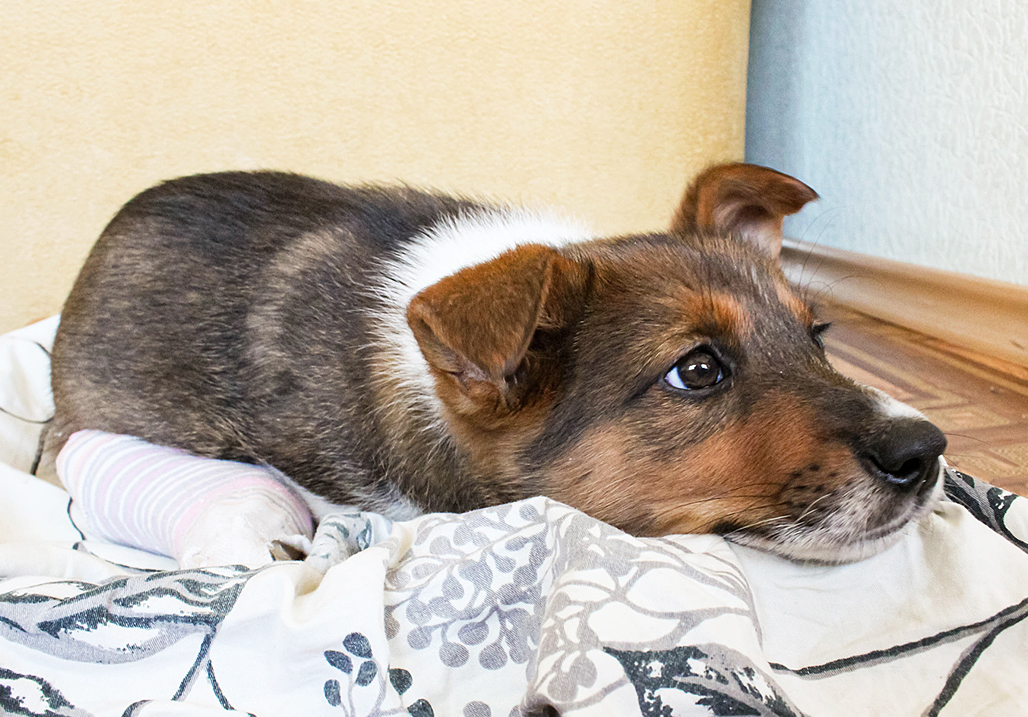
To help speed up recovery, your dog will need to rest as often as possible. Reduce how often your dog goes outside and keep walks short. This will help put less pressure on the wound, but it also helps prevent outdoor bacteria from infecting the injury.
If your dog’s injury makes bathroom breaks a struggle, Puppy Pads are a great option. You can keep them within easy reach of your furry friend, so they don’t have to climb stairs, walk too far, or potentially irritate their wound by venturing outside.
5. Serve Your Dog Nutritious Food
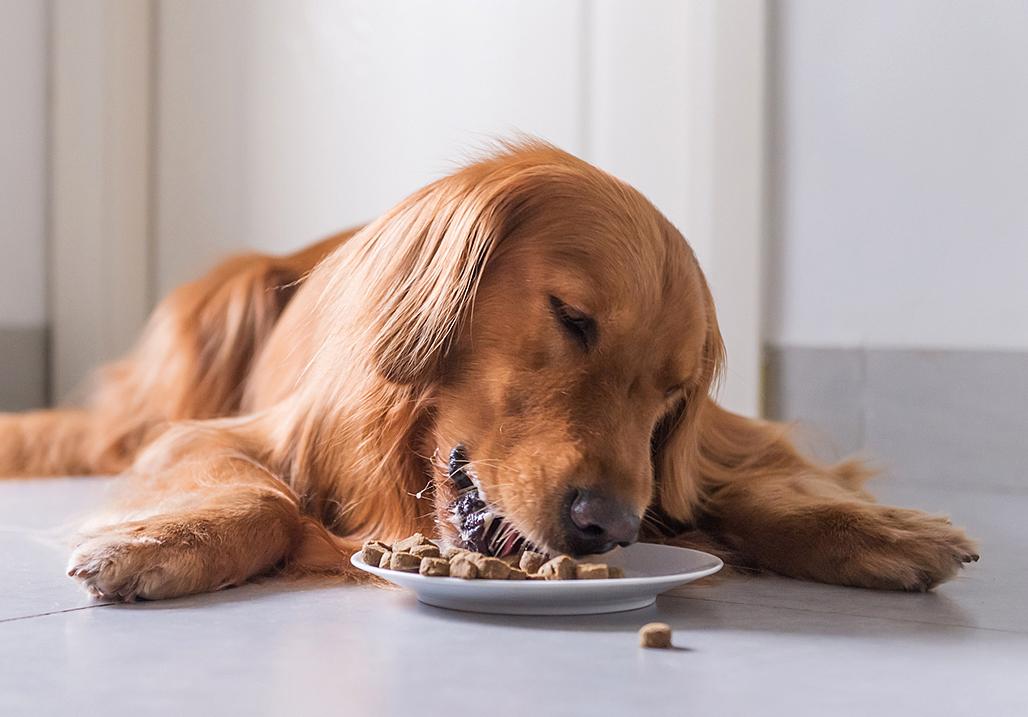
The best healing comes from within, and that remains true for your dog as well. Always feed your dog a nutritious, balanced diet with all of the vitamins and nutrients they need to get back to full health.
Talk to your veterinarian or a veterinary nutritionist to learn more about your dog’s unique dietary needs, and always use food that has been approved by the Association of American Feed Control Officials (AAFCO).
AAFCO guidelines ensure that dog food is formulated with the proteins, fats, carbohydrates, vitamins, and minerals that are necessary for your dog to live a healthy life, and they’re based on your dog’s age.
In addition to food, always make sure your dog is hydrated by providing access to plenty of clean, fresh water.
6. Patiently Reassure Your Dog
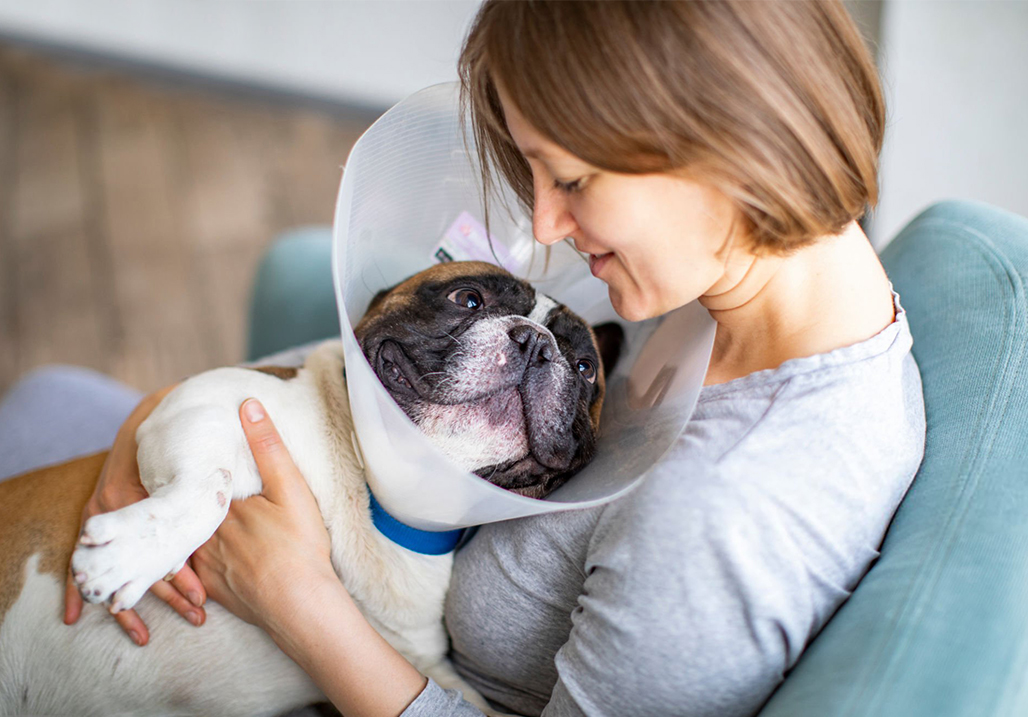
One of the best things you can do for your injured dog is to remain calm. Dogs can pick up on the way their person is feeling, and panicking will only make your dog more frightened.
Instead, patiently reassure your dog that everything will be okay with soothing pets and a calm tone of voice. If your dog expressed any discomfort with you touching them, avoid petting them, and instead sit quietly near them for support.
Dogs look to their parents for reassurance and to better understand the situation, so being a calm presence they can look to for support will go a long way during their recovery.
Has Your Dog Been Injured?
Caring for an injured dog is something no pet parent wants to go through, but it’s important to know what steps you need to take in the event of an emergency.
With quick action to treat and disinfect the wound, as well as guidance from your vet, your dog will make a speedy recovery.




